 |
| Quinacridone Summer, my newest freeform peyote kit |
Because I've finally finished putting together all the pieces and parts for my latest freeform peyote kit. Available now on Etsy. Woo Hoo!
This time it's a beaded bead, entitled Quinacridone Summer, drawing its palette from the warm, rich colors of JJ Jacobs' abstract acrylic painting, Gypsy Wind.
I finished the bead early this month, but just finished up the project notes on Tuesday.
As I began work on my Etsy listing, it occurred to me, wouldn't it be nice if I could show a sample of what the bead could look like made into a simple pendant? Brakes on, full stop. After a brief debate, I dusted off my rusty wireworking skills and made some head pins.
They had to be extra long to fit the bead and give me room to work. With a pretty end at the bottom. Something decorative.
One thing I've learned about myself is that the first or second of anything I make tends to be a bit rough. This includes skills I haven't used in a while. So I cut enough wire for two dozen headpins, pulled out my pliers, hammer and bit of railroad tie and went to work.
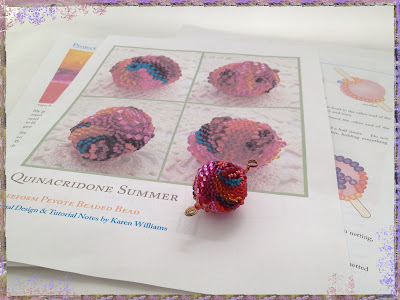 |
| Together at last! My full-color tutorial and my new beaded bead pendant |
Head pins complete, it took me three tries to turn one into a reasonable looking pendant (you can see a closer shot in my Etsy listing). And by then I was on a roll.
If it was a good idea to create a bale for this beaded bead, then wouldn't it be a great one to make bales for my Corset Bead kits, too? I bet you can guess how I spent the rest of Tuesday and then Wednesday morning.
That done, it was finally time to set up my little photography studio. I think the photos turned out really great, so I have to share.
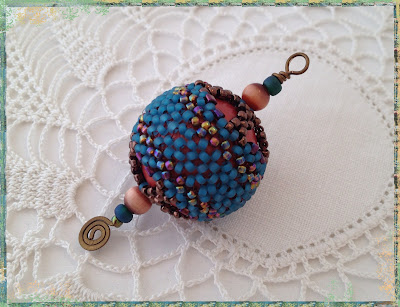 |
| New bale for my Turquoise Antiquity beaded bead |
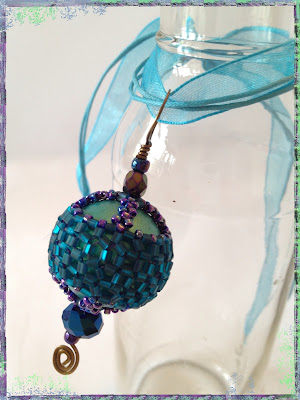 |
| I'll be making up kits for this one next week |
 |
| My favorite photo - festive Holiday beads |
I am simply pleased as punch with how they all turned out! A fun, silly fact, bottle in the last two photos was a bottle of milk that came with my slice of chocolate birthday cake. :-)
So, now my all my bead kits will come with decorative headpins and an little accent bead kit for bale making. I'm not generally including my earwires (shown in the last photo - used as an ornament hook) with any of the kits. But as a special for my blog readers, if you convo me with your purchase, I'll include earwires too. Just let me know you want them.





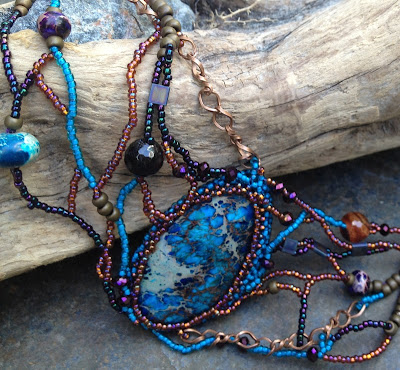

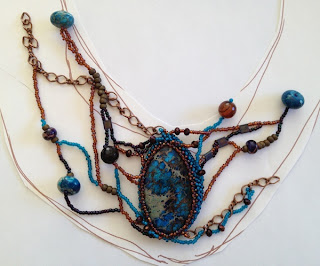
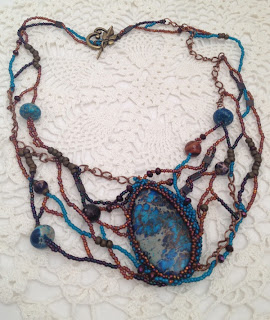

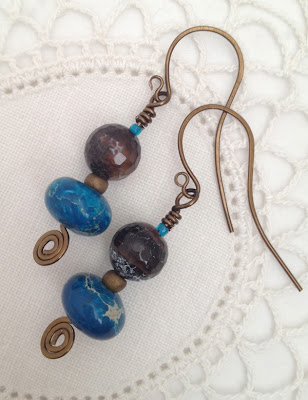










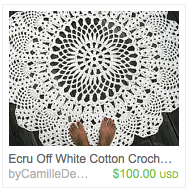

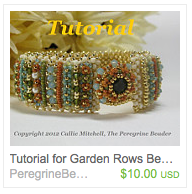


.JPG)






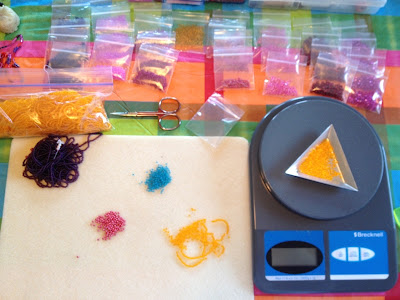


.jpg)
.jpg)




